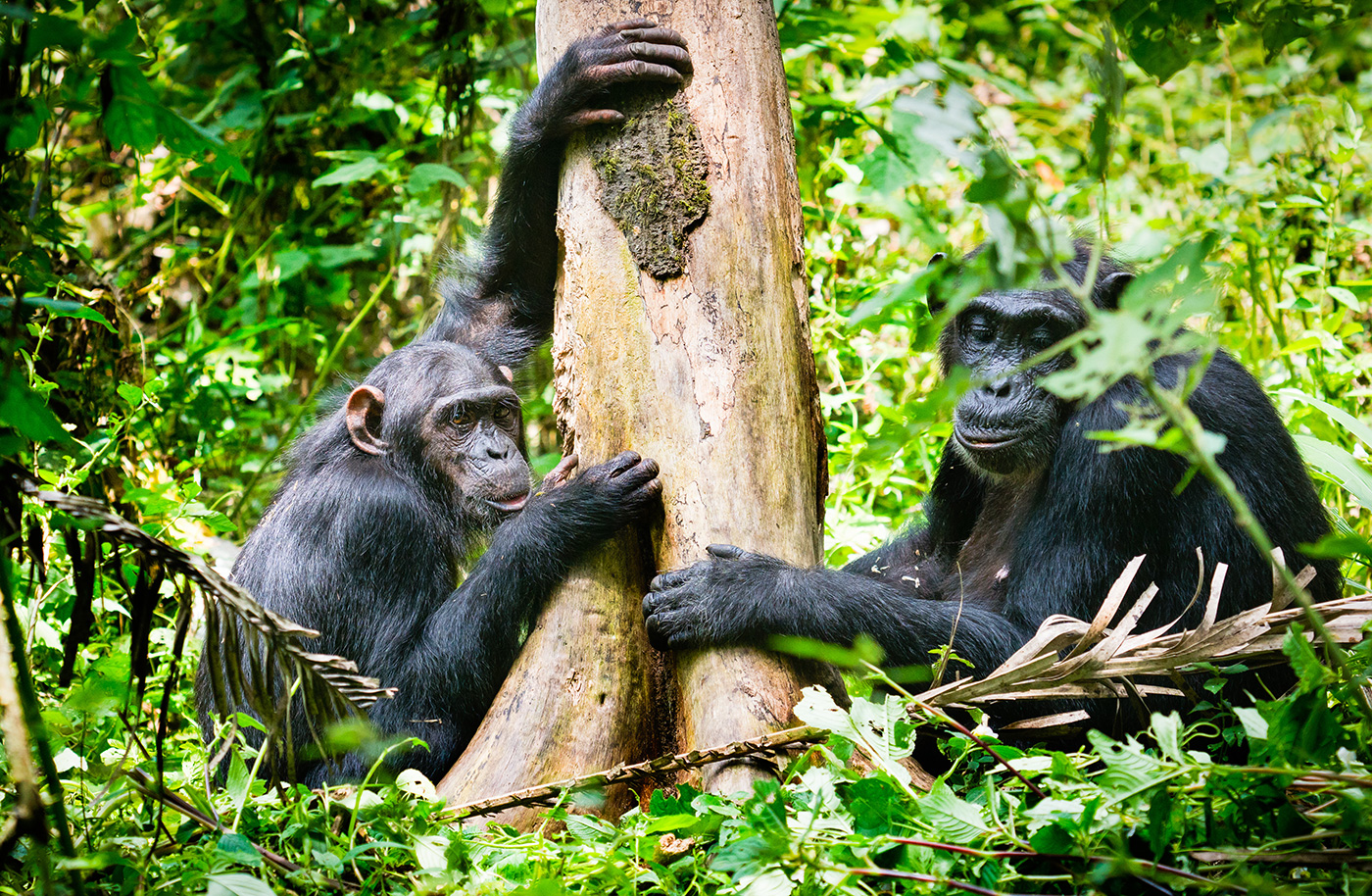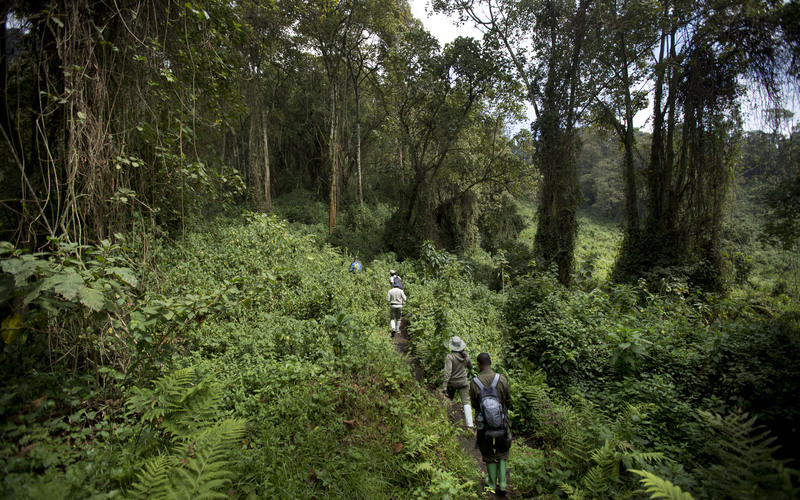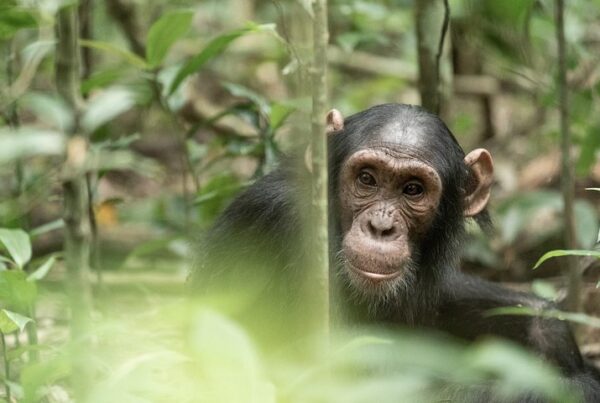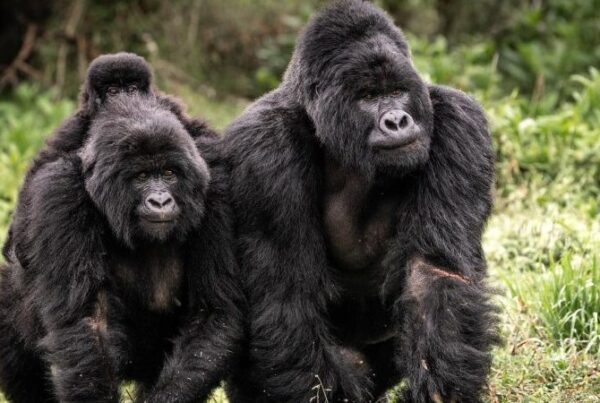Best Time to Visit Kibale National Park for Chimp Trekking
The Allure of Kibale and Its Primates
Nestled in the lush highlands of western Uganda, Kibale National Park is renowned as one of the world’s most exceptional destinations for primate observation, particularly chimpanzee trekking. This tropical rainforest, encompassing approximately 795 square kilometers, is home to over 13 primate species, with habituated chimpanzee communities forming the crown jewel of eco-tourism and conservation research. Visitors are drawn not only to witness these intelligent primates but also to explore the vibrant ecosystems that sustain them.
The experience of chimpanzee trekking in Kibale is influenced profoundly by seasonal variations, weather patterns, and ecological conditions. Understanding the best times to visit is essential for maximizing both the likelihood of sightings and the overall quality of the trekking experience. This guide provides a comprehensive analysis of chimpanzee trekking in Kibale, examining seasonal factors, wildlife behavior, accessibility, ecological conditions, and practical considerations that inform the ideal timing for a visit.
By exploring these dimensions, travelers gain insight into the intersection of wildlife behavior, conservation management, and eco-tourism, allowing for a more informed and fulfilling encounter with Uganda’s primate-rich forests.
The Ecology of Kibale National Park
Habitat Diversity and Its Influence on Chimpanzees
Kibale National Park is characterized by tropical lowland rainforest, swamp forests, and rolling highlands, each providing essential habitats for wildlife. The forest canopy, which supports arboreal primates, is dense and multi-layered, allowing chimpanzees to forage, socialize, and nest with minimal disturbance from human activity. The undergrowth and riparian zones support other mammals, birds, amphibians, and insects, creating a dynamic ecosystem that sustains a complex food web.
Chimpanzees in Kibale primarily rely on fruit, leaves, seeds, and occasional insects for nutrition. Seasonal fluctuations in food availability influence their movement patterns, group dynamics, and overall activity. During periods of fruit abundance, chimpanzees are more dispersed as they forage widely, whereas scarcity prompts tighter grouping and greater movement across trails in search of resources. Understanding these patterns is critical for timing chimpanzee trekking to optimize sightings and engagement.
Seasonal Patterns in Uganda: Rainy and Dry Seasons
The Wet Seasons
Uganda experiences two primary wet seasons, occurring from March to May and September to November. These periods are marked by heavy and often unpredictable rainfall, which has a direct impact on chimpanzee trekking conditions. Forest trails can become slippery, rivers and streams may swell, and trekking can be physically demanding due to muddy and uneven terrain.
Despite these challenges, the wet seasons also present advantages. Forests are lush, vibrant, and teeming with life, and chimpanzee activity is heightened due to the availability of fruits and insects. Photographers often find the rain-enhanced greenery exceptionally photogenic, with water droplets accentuating foliage and enhancing forest aesthetics. Birdlife and other fauna are also more active during wet periods, contributing to a richer, more immersive eco-tourism experience.
The Dry Seasons
Dry seasons typically occur from December to February and June to August. During these periods, rainfall is limited, and forest trails are more navigable, making chimpanzee trekking safer and less physically taxing. Dry conditions also facilitate easier movement for both chimpanzees and visitors, improving the likelihood of encountering habituated groups and observing social interactions without significant obstruction from dense undergrowth or flooded areas.
While dry seasons may reduce the density of fruit in some areas, chimpanzees adapt by foraging on alternative food sources, and their activity patterns remain observable. The reduced rainfall also benefits visitors who prefer stable weather for photography, extended trekking, and additional forest exploration.
Chimpanzee Behavior and Seasonal Influences
Chimpanzee visibility in Kibale is influenced not only by accessibility but also by their behavioral ecology. During fruiting periods, chimpanzees tend to spread across broader areas, which can make initial encounters less predictable. Rangers and trackers rely on daily observation records to locate groups, but visitors must be prepared for variability in sightings.
Conversely, in periods of relative scarcity, chimpanzees may travel along predictable feeding routes, increasing the probability of observation along established trekking trails. Social behaviors, including grooming, play, and nest-building, can be observed year-round, but subtle differences in activity intensity, foraging patterns, and group cohesion are often linked to seasonal resource availability.
Understanding these nuances allows travelers to align their visits with both ecological and personal preferences, balancing accessibility, activity visibility, and overall trekking experience.
Planning the Visit: Factors Beyond Weather
Accessibility and Infrastructure
Kibale is accessed primarily through Fort Portal, a town that serves as a logistical hub for visitors. Roads from Kampala or Entebbe take approximately 5 to 6 hours, and their condition may vary depending on recent weather. During the wet season, additional time should be allocated due to potential delays from muddy or slippery sections. Dry season travel is generally smoother and more predictable.
Accommodations near the park range from eco-lodges and guesthouses to boutique hotels, with options that cater to varying budgets and preferences. Choosing lodges within close proximity to the park reduces travel time to trailheads, maximizing morning trekking hours and early observation opportunities.
Visitor Density and Permit Availability
Chimpanzee trekking in Kibale is regulated to prevent habitat disturbance and protect primate health. Permits are limited and must be obtained in advance, particularly during peak tourism months. The dry season typically attracts higher visitor numbers due to favorable trekking conditions, while wet seasons see lower tourist density, which may provide a more private and tranquil experience.
Scheduling permits in advance ensures access to habituated chimpanzee communities, with rangers guiding small groups along forest trails to minimize impact. Balancing personal preference for weather, trail conditions, and visitor density is essential when selecting the optimal time for trekking.
Maximizing the Chimpanzee Trekking Experience
Early Morning Treks
Chimpanzee activity peaks in the early morning, making pre-dawn or early departures from accommodations advantageous. Cool temperatures and minimal human disturbance encourage natural foraging, nest-building, and social interactions, providing visitors with immersive observation opportunities. Rangers track chimpanzees using a combination of direct observation, vocalization detection, and knowledge of feeding habits to locate groups efficiently.
Duration and Physical Considerations
Trekking duration varies, typically ranging from 2 to 6 hours depending on group movements and terrain. Dry season treks generally require less effort due to stable trails, while wet season excursions may demand greater stamina and flexibility. Participants are advised to wear sturdy footwear, layered clothing, and rain protection, and to carry sufficient hydration for the duration of the trek.
Ethical Observation Practices
Maintaining distance, minimizing noise, and avoiding sudden movements are crucial to preserve chimpanzee welfare. Ethical observation ensures that primates continue to behave naturally, with minimal stress from human presence. Seasonal conditions, such as increased fruiting or wet foliage, may require additional attention to trail etiquette and environmental impact.
Wildlife Beyond Chimpanzees
While chimpanzees are the primary focus of trekking, Kibale is home to over 13 primate species and numerous other wildlife forms. Red-tailed monkeys, olive baboons, black-and-white colobus monkeys, and various bird species can often be observed along trekking trails. Seasonal changes affect visibility, with certain species being more active or vocal during wet or dry periods.
Riparian areas and swamp forests support amphibians, insects, and small mammals, adding layers of ecological diversity to trekking experiences. Observing these interactions alongside chimpanzees provides a holistic understanding of the forest ecosystem and the interdependence of species across habitats.
Cultural and Complementary Experiences
Chimpanzee trekking can be complemented by cultural engagement with local communities. Visits to Batwa or Bakiga settlements provide insights into traditional forest knowledge, sustainable practices, and historical connections between humans and wildlife. Seasonal timing may influence accessibility and participation in community activities, with dry seasons typically more conducive to extended excursions.
Integration with other western Uganda parks, such as Queen Elizabeth or Rwenzori Mountains National Park, allows for comprehensive safari circuits. These trips combine primate trekking with savannah wildlife observation, birdwatching, and scenic exploration, offering a complete understanding of Uganda’s ecological and cultural richness.
Optimal Timing: Synthesis
The best time to visit Kibale National Park for chimpanzee trekking balances multiple factors: weather, trail conditions, chimpanzee activity, visitor density, and personal preferences. Dry seasons, particularly June to August and December to February, are generally favored for accessible trails, predictable weather, and safe trekking conditions. However, wet seasons, from March to May and September to November, provide lush landscapes, heightened biodiversity, and quieter forest trails for those seeking a more immersive ecological experience.
Visitors are advised to consult with park authorities, tour operators, and guides to align trekking plans with chimpanzee habituation schedules, seasonal food availability, and logistical considerations. Flexibility and preparation enhance both observation quality and overall enjoyment.
Planning a Transformative Encounter
Chimpanzee trekking in Kibale National Park represents a unique convergence of adventure, ecological education, and conservation engagement. Timing a visit appropriately amplifies the likelihood of meaningful primate encounters, safe and enjoyable trekking conditions, and immersive exploration of Uganda’s tropical rainforest ecosystems.
For travelers seeking a seamless, expertly guided experience, it is recommended that tours and safaris be arranged through WildHorn Africa. Their expertise ensures access to habituated chimpanzee communities, knowledgeable guides, and comprehensive logistical support, transforming a visit to Kibale into an unforgettable, conservation-centered journey.





 WildHorn Africa – Authentic and unforgettable tours across Africa, guided by local experts who know the land, wildlife, and culture best.
WildHorn Africa – Authentic and unforgettable tours across Africa, guided by local experts who know the land, wildlife, and culture best.


